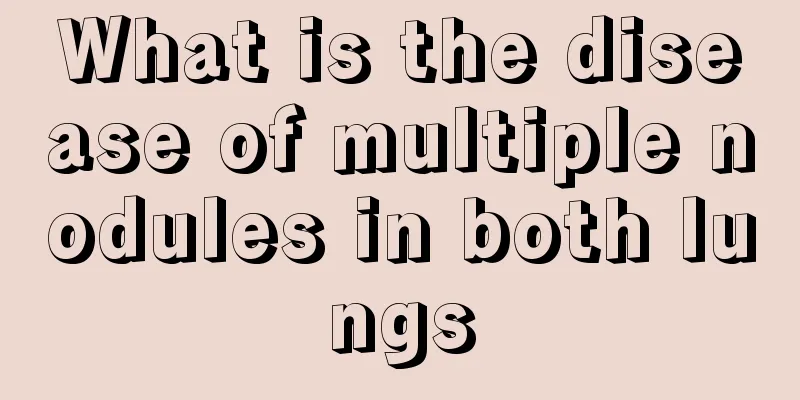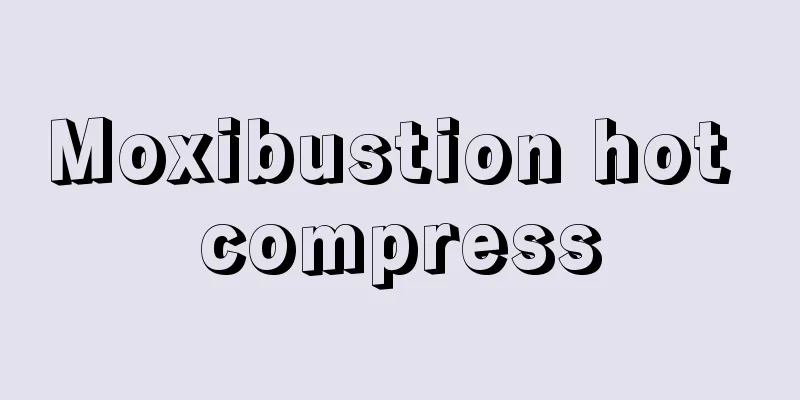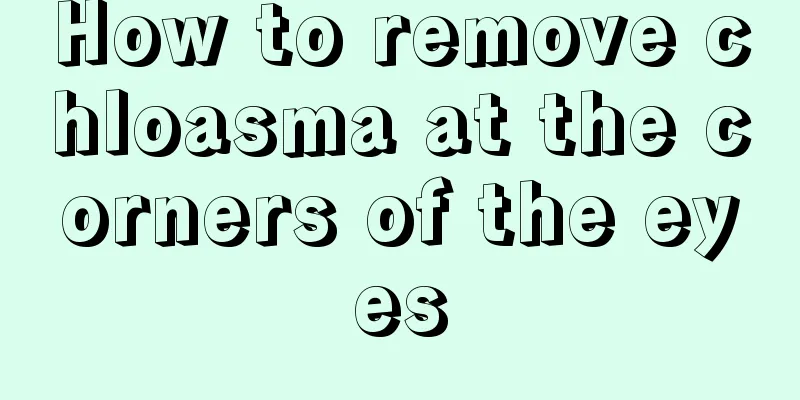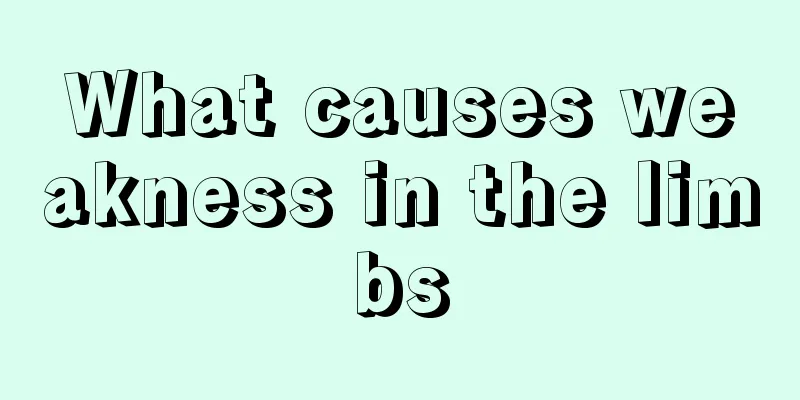What are the precautions for oxygen inhalation?
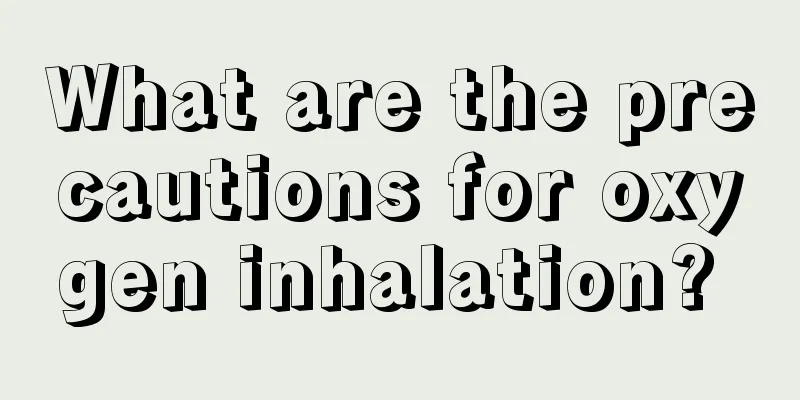
|
Breathing oxygen is a normal behavior for a healthy body, but some patients need to use oxygen machines to help them breathe oxygen during the treatment of their diseases, and there are many things to pay attention to at this time. Patients who are receiving oxygen need to pay attention to the concentration of oxygen, the flow rate of oxygen, the stability of the concentration, etc. The oxygen inhalation link must be taken seriously because the lack of oxygen in the body will directly threaten life. Commonly used methods of oxygen inhalation are: (1) Nasal congestion and nasal catheter oxygen inhalation method: This oxygen inhalation method has simple equipment and is easy to use. There are two types of nasal obstruction methods: single obstruction and double obstruction. In the single obstruction method, a suitable model is selected and inserted into the nasal vestibule on one side, and it is in close contact with the nasal cavity (the other nostril is open). Only oxygen is taken in during inhalation, so the oxygen concentration is relatively stable. The double plug method involves placing two smaller nasal plugs in both nostrils at the same time, leaving some space around the plugs so that both patients can breathe air at the same time. This makes the patient more comfortable, but the oxygen concentration is not stable enough. The nasal catheter method is to insert a catheter (commonly used urinary catheter) through the nostrils to the back of the soft palate at the top of the nasal cavity. The oxygen concentration is constant, but it will cause discomfort over time and it is easy to be blocked by secretions. Nasal congestion and nasal catheter oxygen inhalation are generally only suitable for low-flow oxygen supply. If the flow rate is relatively large, the flow rate and impact force will be too high for people to tolerate, and it will easily lead to dryness of the airway mucosa. (2) Mask oxygen inhalation method: can be divided into open mask method and closed mask method. The open style is to place the mask 1 to 3 cm away from the patient's mouth and nose. It is suitable for children and does not cause any discomfort. The closed mask method is to cover the mask tightly over the mouth and nose and secure it with an elastic band. It is suitable for people with more severe hypoxia. The oxygen concentration can reach 40% to 50%, which feels more comfortable and has no mucosal irritation or dry blowing feeling. However, the oxygen consumption is high and there are disadvantages such as inconvenience in eating and expectoration. (3) Transtracheal oxygen therapy: It is a method of supplying oxygen by inserting a thin catheter into the trachea through the nasal cavity, also known as intratracheal oxygen therapy. It is mainly suitable for patients with chronic respiratory failure caused by chronic obstructive pulmonary disease and pulmonary interstitial fibrosis who need long-term oxygen inhalation but have poor response to general oxygen therapy. Since the catheter is used to supply oxygen directly into the trachea, the therapeutic effect can be significantly improved. Only a lower flow rate of oxygen supply is needed to achieve a higher effect, and the oxygen consumption is very small. (4) Electronic pulse oxygen therapy: This is a new method developed in recent years. It uses an electronic pulse device to automatically deliver oxygen during the inhalation phase and automatically stop delivering oxygen during the exhalation phase. This is more in line with the physiological state of breathing and greatly saves oxygen. Suitable for nasal congestion, nasal cannula and endotracheal oxygen therapy. (5) Mechanical ventilation oxygen supply method: that is, when using various artificial ventilators for mechanical ventilation, oxygen therapy is performed using the oxygen supply device on the ventilator. The oxygen supply concentration (21% to 100%) can be adjusted according to the patient's condition. |
<<: What are the side effects of diuretics?
>>: What are the symptoms of wrist cysts?
Recommend
What is dental sealing medicine
When people have toothache, they will want to tak...
What is the reason why the refrigerator smells
After using the refrigerator for a period of time...
There are many red spots on the neck_small red spots on the neck
Red spots on the neck are particularly unsightly....
Elderly patients will have obvious loss of appetite, which is an early symptom of gastric cancer
Although people's living standards have impro...
What is the reason for a thin body and a fat face
Many people are thin physically, but are obviousl...
What are the types of bladder cancer surgeries? Dietary considerations after bladder cancer surgery
Bladder cancer is a malignant tumor that occurs o...
Five tips to keep away sleepiness in summer
As the saying goes, "Spring makes you sleepy...
How does nerve damage heal?
Nerve damage basically occurs when people suffer ...
Is the pain in the anus caused by getting angry?
Pain in the anal area may be related to getting i...
Things to note after dissolving hyaluronic acid
Going to a beauty hospital to inject hyaluronic a...
What causes arterial embolism?
Arterial embolism is a common clinical disease, g...
Why do women get ovarian tumors
Ovarian tumors are one of the most common tumors ...
Hazards of HIFU knife
Because the number of people suffering from tumor...
Early symptoms of colon cancer can cause patients to change their bowel habits
As people's living standards improve and thei...
Principle of variable frequency air conditioner
The earth is constantly rotating every day, so th...
